-
 Bitcoin
Bitcoin $109,507.9823
0.43% -
 Ethereum
Ethereum $2,716.0274
3.79% -
 Tether USDt
Tether USDt $1.0003
-0.01% -
 XRP
XRP $2.3859
3.05% -
 BNB
BNB $665.2705
0.56% -
 Solana
Solana $154.6874
1.56% -
 USDC
USDC $1.0002
0.02% -
 TRON
TRON $0.2896
1.05% -
 Dogecoin
Dogecoin $0.1738
1.67% -
 Cardano
Cardano $0.6117
3.72% -
 Hyperliquid
Hyperliquid $40.3052
3.82% -
 Sui
Sui $2.9817
2.08% -
 Bitcoin Cash
Bitcoin Cash $505.0944
0.71% -
 Chainlink
Chainlink $14.0820
1.96% -
 Stellar
Stellar $0.2902
12.90% -
 UNUS SED LEO
UNUS SED LEO $9.0423
-0.34% -
 Avalanche
Avalanche $18.7084
1.54% -
 Hedera
Hedera $0.1714
6.33% -
 Shiba Inu
Shiba Inu $0.0...01218
2.48% -
 Toncoin
Toncoin $2.8261
1.24% -
 Litecoin
Litecoin $88.8228
1.59% -
 Monero
Monero $319.1344
2.71% -
 Polkadot
Polkadot $3.5479
2.69% -
 Dai
Dai $1.0001
0.00% -
 Ethena USDe
Ethena USDe $1.0010
0.06% -
 Uniswap
Uniswap $8.2690
6.49% -
 Bitget Token
Bitget Token $4.3622
1.19% -
 Aave
Aave $298.5989
2.11% -
 Pepe
Pepe $0.0...01042
1.97% -
 Pi
Pi $0.4663
1.15%
Is RSI a good indicator for Dogecoin
The RSI helps identify overbought or oversold conditions in Dogecoin but should be combined with other tools due to its volatility and meme-driven price action.
Jul 09, 2025 at 05:28 pm
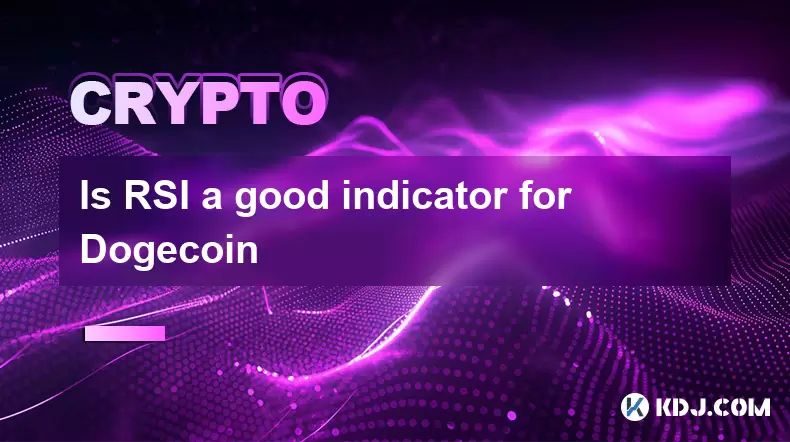
Understanding RSI and Its Role in Cryptocurrency Trading
The Relative Strength Index (RSI) is a widely used technical indicator that measures the speed and change of price movements. Typically, it oscillates between 0 and 100 and helps traders identify overbought or oversold conditions in an asset's price. In the context of Dogecoin, which is known for its high volatility and meme-driven market behavior, understanding how RSI functions becomes crucial.
When applied to Dogecoin trading, RSI can signal potential reversals or corrections based on whether the asset is overbought (typically above 70) or oversold (below 30). However, due to the speculative nature of cryptocurrencies like Dogecoin, these levels may not always result in immediate price reversals. Therefore, relying solely on RSI without considering other factors can be misleading.
How RSI Works with Dogecoin’s Volatility
Dogecoin has shown extreme price swings driven by social media trends, celebrity endorsements, and community sentiment rather than fundamental value. This makes traditional indicators like RSI behave differently compared to more stable assets. For instance, during a strong upward trend fueled by hype, Dogecoin may remain in overbought territory for extended periods without reversing.
In such scenarios, using RSI without additional confirmation tools like volume analysis or moving averages could lead to premature trade entries. It's important to note that Dogecoin’s volatility often causes false signals when using RSI alone. Traders should consider combining RSI with candlestick patterns or support/resistance levels to filter out noise and improve accuracy.
Setting Up RSI for Dogecoin Charts
To apply RSI effectively to Dogecoin charts, follow these steps:
- Open your preferred cryptocurrency trading platform (e.g., Binance, TradingView).
- Navigate to the Dogecoin chart section.
- Locate the "Indicators" menu and search for "RSI".
- Click to add the RSI overlay to the chart.
- Adjust the default period from 14 to a lower value if needed (e.g., 7 or 10), depending on your trading strategy.
- Set the overbought level at 70 and oversold at 30 unless you're experimenting with custom thresholds.
Once configured, observe how RSI reacts during sharp price spikes or dips in Dogecoin’s price action. You'll likely notice divergences where the price makes new highs but RSI fails to do so — a sign of weakening momentum.
Interpreting Divergences in Dogecoin Using RSI
Divergence occurs when the price movement does not align with the RSI movement. For example, if Dogecoin reaches a new high, but RSI forms a lower high, this could indicate that buying pressure is waning.
There are two main types of divergence:
- Bullish divergence: When Dogecoin hits a new low, but RSI forms a higher low, suggesting underlying strength.
- Bearish divergence: When Dogecoin makes a new high, but RSI records a lower high, indicating weakening momentum.
These divergences can serve as early warning signs before major price corrections or rallies. However, they should not be acted upon immediately without further confirmation through volume spikes or candlestick reversal patterns.
Common Mistakes When Using RSI for Dogecoin Trading
Many traders make the mistake of treating RSI as a standalone tool for decision-making in Dogecoin trading. Here are some common pitfalls:
- Ignoring broader market sentiment: Dogecoin is heavily influenced by news and social media. RSI cannot factor in these external elements.
- Using fixed overbought/oversold levels rigidly: During strong trends, Dogecoin may stay overbought or oversold for long periods. Blindly following RSI levels can result in missed opportunities or losses.
- Neglecting timeframes: RSI behaves differently on various timeframes. A trader analyzing a 5-minute chart may get conflicting signals compared to someone viewing a daily chart.
- Failing to combine with other indicators: RSI works best alongside moving averages, MACD, or volume-based tools to confirm signals.
Avoiding these mistakes requires a disciplined approach and backtesting strategies across multiple historical Dogecoin price cycles.
FAQs About Using RSI for Dogecoin
What is the ideal RSI setting for Dogecoin?
While the default setting is 14, many traders adjust it to 7 or 10 for faster signals. The choice depends on your trading style — short-term traders may prefer shorter periods, while long-term investors might stick to 14.
Can RSI predict sudden price surges in Dogecoin?
No, RSI cannot predict unexpected surges caused by viral events or tweets. It only reflects past price data and momentum, not future sentiment shifts.
Should I use RSI alone for trading Dogecoin?
It’s not advisable. Due to Dogecoin’s unpredictable nature, combining RSI with volume indicators, support/resistance levels, and news monitoring significantly improves accuracy.
Is RSI reliable during sideways Dogecoin markets?
Yes, in range-bound markets, RSI tends to work better because overbought and oversold levels align more closely with actual price reversals.
Disclaimer:info@kdj.com
The information provided is not trading advice. kdj.com does not assume any responsibility for any investments made based on the information provided in this article. Cryptocurrencies are highly volatile and it is highly recommended that you invest with caution after thorough research!
If you believe that the content used on this website infringes your copyright, please contact us immediately (info@kdj.com) and we will delete it promptly.
- Pi Network: Powering the Global Economy and the Future with AI
- 2025-07-10 12:50:12
- Crypto Hack: GMX Bounty Offered After $42M Drain
- 2025-07-10 12:50:12
- Crypto Liquidations and Bitcoin's Wild Ride: What's Next?
- 2025-07-10 12:30:12
- Bitcoin Blasts to All-Time High: Is Institutional Momentum the Real Deal?
- 2025-07-10 13:10:12
- Bitcoin's Wild Ride: Record Highs and Price Surges Explained
- 2025-07-10 13:10:12
- Cloud Mining in 2025: Top Platforms for Passive Bitcoin & Altcoin Earnings
- 2025-07-10 13:15:11
Related knowledge

When to sell Dogecoin based on technical analysis
Jul 05,2025 at 07:34pm
<h3>Understanding the Basics of Technical Analysis</h3><p>Technical analysis is a method used by traders to evaluate and predict fut...
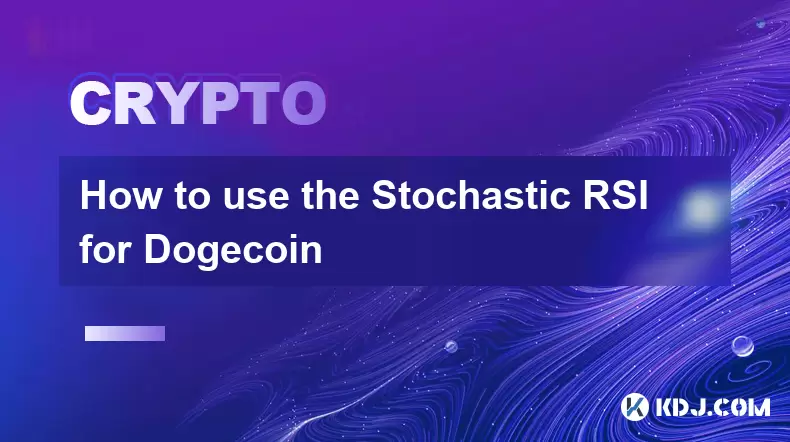
How to use the Stochastic RSI for Dogecoin
Jul 06,2025 at 03:14am
<h3>Understanding the Stochastic RSI Indicator</h3><p>The Stochastic RSI (Relative Strength Index) is a momentum oscillator that com...
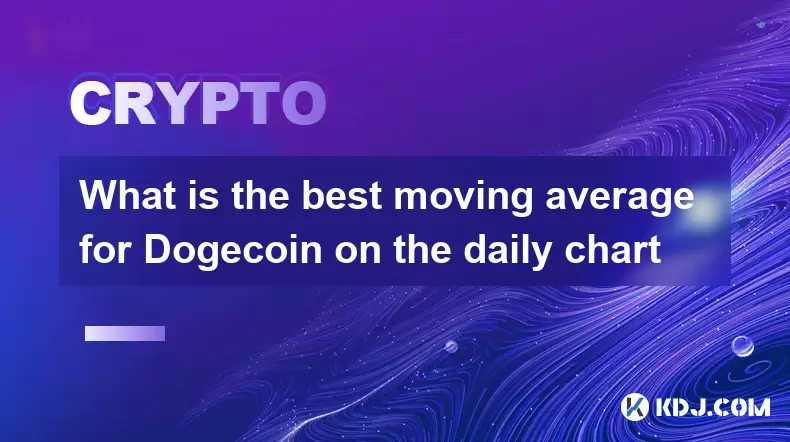
What is the best moving average for Dogecoin on the daily chart
Jul 06,2025 at 10:29am
<h3>Understanding Moving Averages in Cryptocurrency Trading</h3><p>Moving averages are among the most widely used technical indicato...
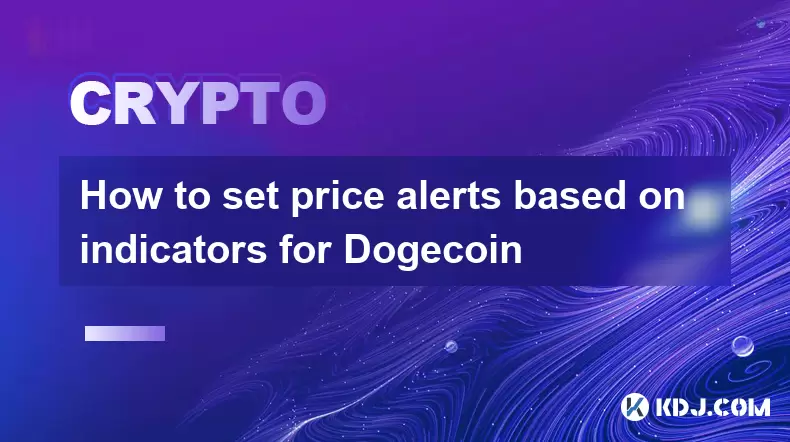
How to set price alerts based on indicators for Dogecoin
Jul 05,2025 at 07:32pm
<h3>Understanding Price Alerts and Their Relevance to Dogecoin</h3><p>Price alerts are notifications set by traders or investors to ...
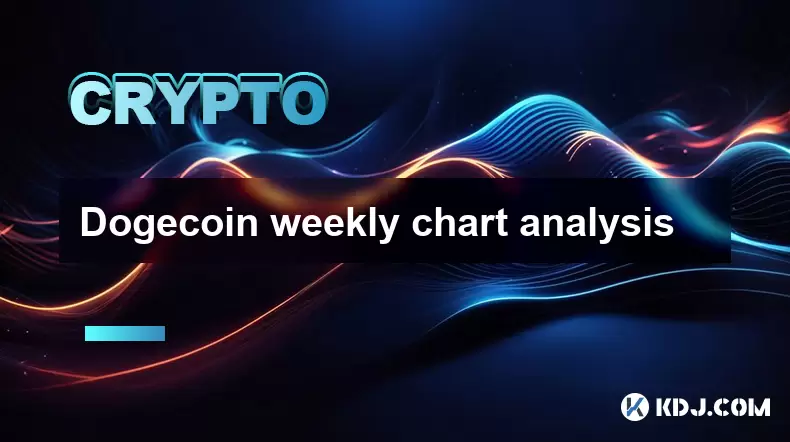
Dogecoin weekly chart analysis
Jul 07,2025 at 05:42pm
<h3>Understanding the Dogecoin Weekly Chart</h3><p>The Dogecoin weekly chart is a crucial tool for traders and investors who want to...
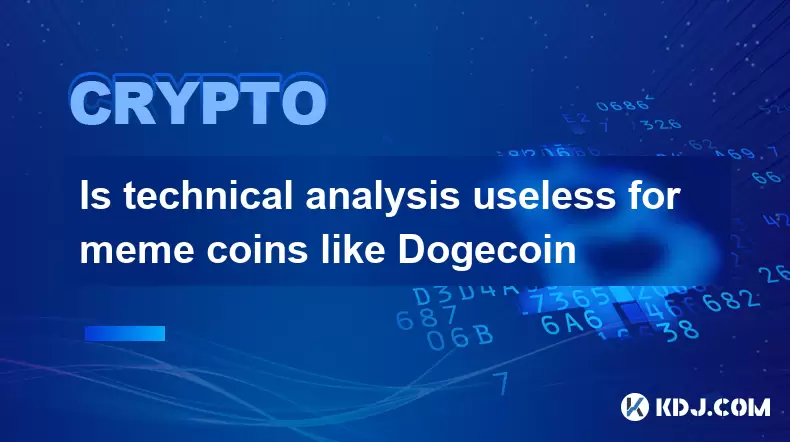
Is technical analysis useless for meme coins like Dogecoin
Jul 05,2025 at 07:33pm
<h3>Understanding Meme Coins and Their Unique Nature</h3><p>Meme coins, such as Dogecoin, derive their value not from technological ...

When to sell Dogecoin based on technical analysis
Jul 05,2025 at 07:34pm
<h3>Understanding the Basics of Technical Analysis</h3><p>Technical analysis is a method used by traders to evaluate and predict fut...

How to use the Stochastic RSI for Dogecoin
Jul 06,2025 at 03:14am
<h3>Understanding the Stochastic RSI Indicator</h3><p>The Stochastic RSI (Relative Strength Index) is a momentum oscillator that com...

What is the best moving average for Dogecoin on the daily chart
Jul 06,2025 at 10:29am
<h3>Understanding Moving Averages in Cryptocurrency Trading</h3><p>Moving averages are among the most widely used technical indicato...

How to set price alerts based on indicators for Dogecoin
Jul 05,2025 at 07:32pm
<h3>Understanding Price Alerts and Their Relevance to Dogecoin</h3><p>Price alerts are notifications set by traders or investors to ...

Dogecoin weekly chart analysis
Jul 07,2025 at 05:42pm
<h3>Understanding the Dogecoin Weekly Chart</h3><p>The Dogecoin weekly chart is a crucial tool for traders and investors who want to...

Is technical analysis useless for meme coins like Dogecoin
Jul 05,2025 at 07:33pm
<h3>Understanding Meme Coins and Their Unique Nature</h3><p>Meme coins, such as Dogecoin, derive their value not from technological ...
See all articles

























































































